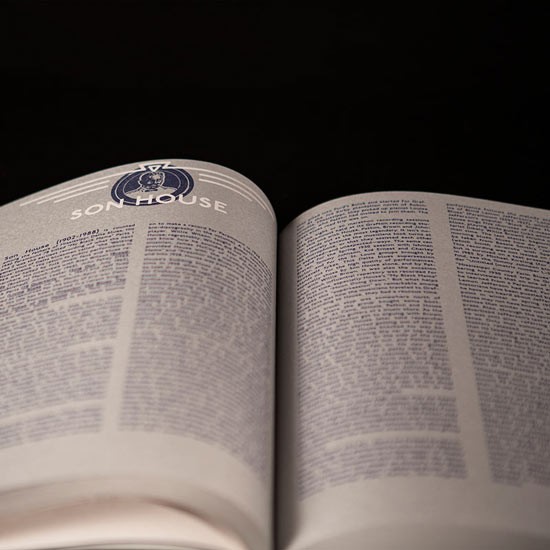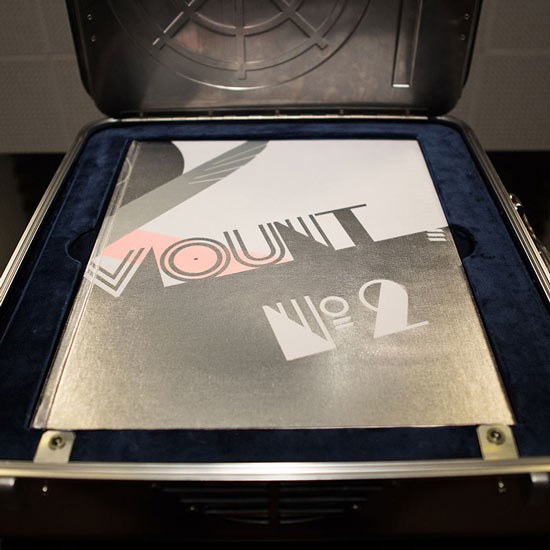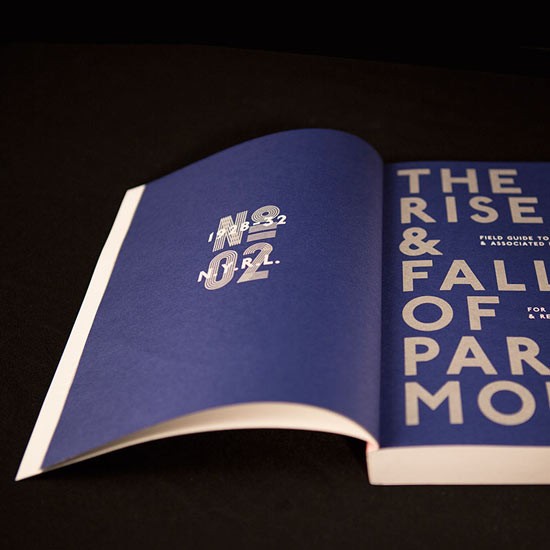The first volume in The Rise & Fall of Paramount Records collection was called “spectacular” (New York Times), “unprecedented” (Rolling Stone), “breathtaking” (Boing Boing), and “a cabinet of wonder, indeed” (Pitchfork).
On November 18, Third Man and Revenant proudly released you The Rise & Fall of Paramount, Volume Two – already being hailed by Wired as “the ultimate box set of iconic American music.”
Volume One (1917-27) chronicled Paramount’s improbable rise from also-ran to jazz-blues juggernaut, launching the recording careers of giants like King Oliver, Jelly Roll Morton, Louis Armstrong, Blind Lemon Jefferson, Alberta Hunter, Blind Blake, Ethel Waters, Ma Rainey, Papa Charlie Jackson, Big Bill Broonzy, and Fats Waller. Order Volume One here.
But just as it seemed Paramount might be losing steam, it began a second act that threatened to dwarf its first. This astonishing second act is the subject of The Rise & Fall of Paramount, Volume Two (1928-32), the final chapter in our commemoration of America’s greatest record label.
In its final 5 year push from 1928-32, Paramount embarked on a furious run for the ages, birthing the entire genre of Mississippi Delta blues recordings and issuing some of the most coveted records in the history of wax – a staggering playlist including Skip James, Charley Patton, Son House, Tommy Johnson, Willie Brown, King Solomon Hill, Tampa Red, Lottie Kimbrough, Rube Lacy, Meade Lux Lewis, Buddy Boy Hawkins, Jaydee Short, George “Bullet” Williams, Cow Cow Davenport, Clifford Gibson, Ishman Bracey, Louise Johnson, Geeshie Wiley & Elvie Thomas, The Mississippi Sheiks. and hundreds of other artists.
Paramount simply killed. But more than that, it changed how this country thought of itself. It was the first enterprise of any kind to capture what America really sounded like in the 1920s and ’30s – on its street corners, at its fish fries and country suppers, in its nightclubs and dance halls and showtents. In the process, it was profit-minded Paramount – not a preservationist body like the Library of Congress – that inadvertently created the most significant repository of this young nation’s greatest art form.
Six LPs, 800 digital tracks, two definitive large-format books. All housed in a polished aluminum case evoking the era’s high art deco stylings and America’s own Machine Age take on modernist design.
A joint release by Third Man and Revenant, co-produced by leading Paramount scholar Alex van der Tuuk, with all Paramount masters issued under license agreement with GHB Jazz Foundation.
Contents:
* 800 newly-remastered digital tracks, representing 175 artists. View digital track list.
* 90+ fully-restored original 1920s-30s Paramount ads from The Chicago Defender
* 6 x 180g LPs pressed on label-less alabaster-white vinyl, each side with its own hand-etched numeral and holographic image. View complete LP track list.
* 250 pg. large-format clothbound hardcover book featuring original Paramount art and the label’s curious tale
* 400 pg. encyclopedia-style softcover field guide containing artist bios & portraits and full Paramount discography
* First-of-its-kind music and image player app containing all tracks and ads, housed on custom metal USB drive
* Polished aluminum and stainless steel “Machine Age” cabinet, upholstered in sapphire blue velvet












